Step 1: material preparation
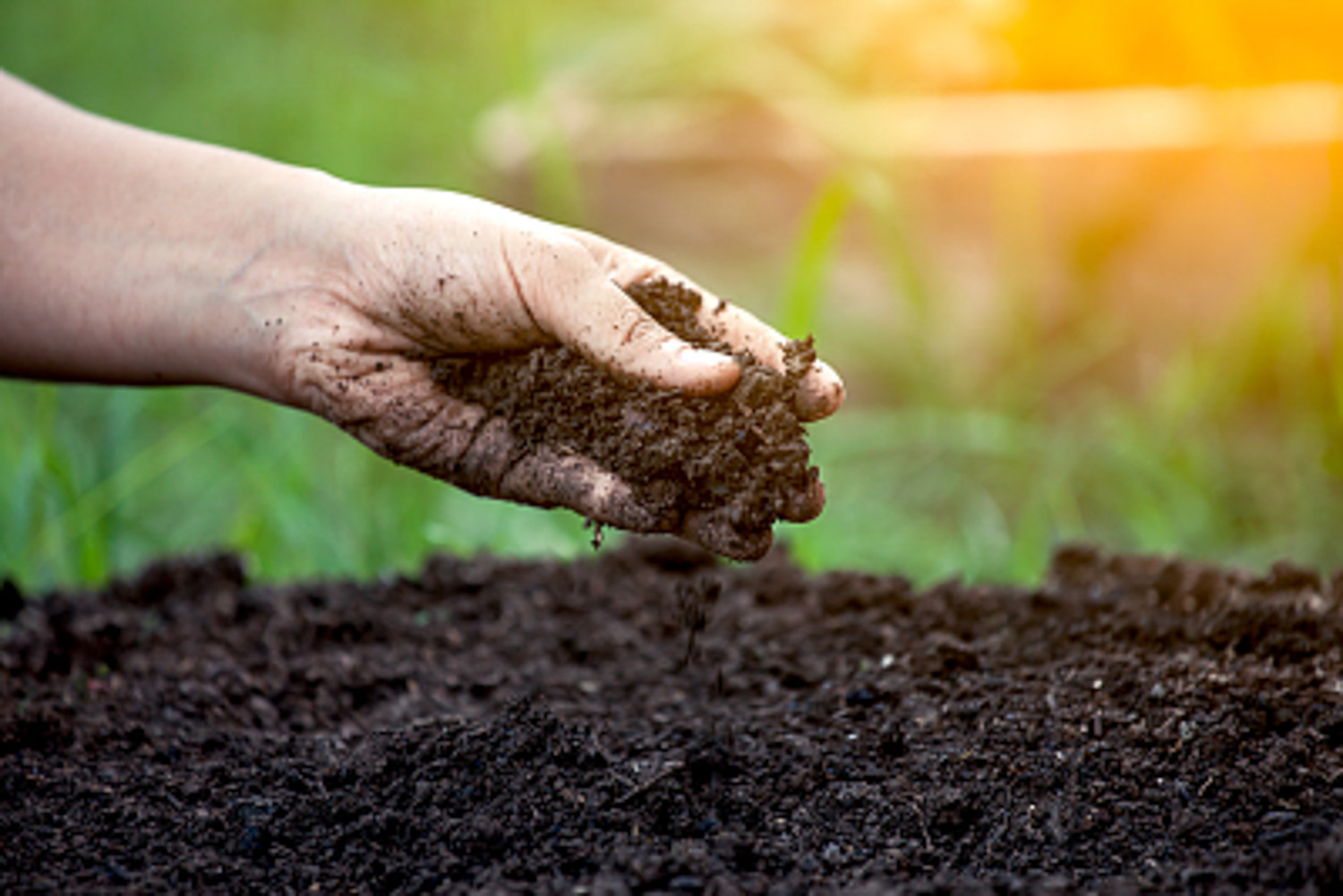
(author: Yi Xiaowu, source: Sina blog)
Suitable materials:
Dry leaves, dry grass, leaves of evergreen coniferous trees, straw, straw, pruned branches, flowers, green leaves, vegetables and peel, weeds before seed setting
Garbage in bird cages, newspapers and cardboard boxes, sawdust, eggshells, leftover tea, coffee grounds, wool in clothes dryers and vacuum cleaners
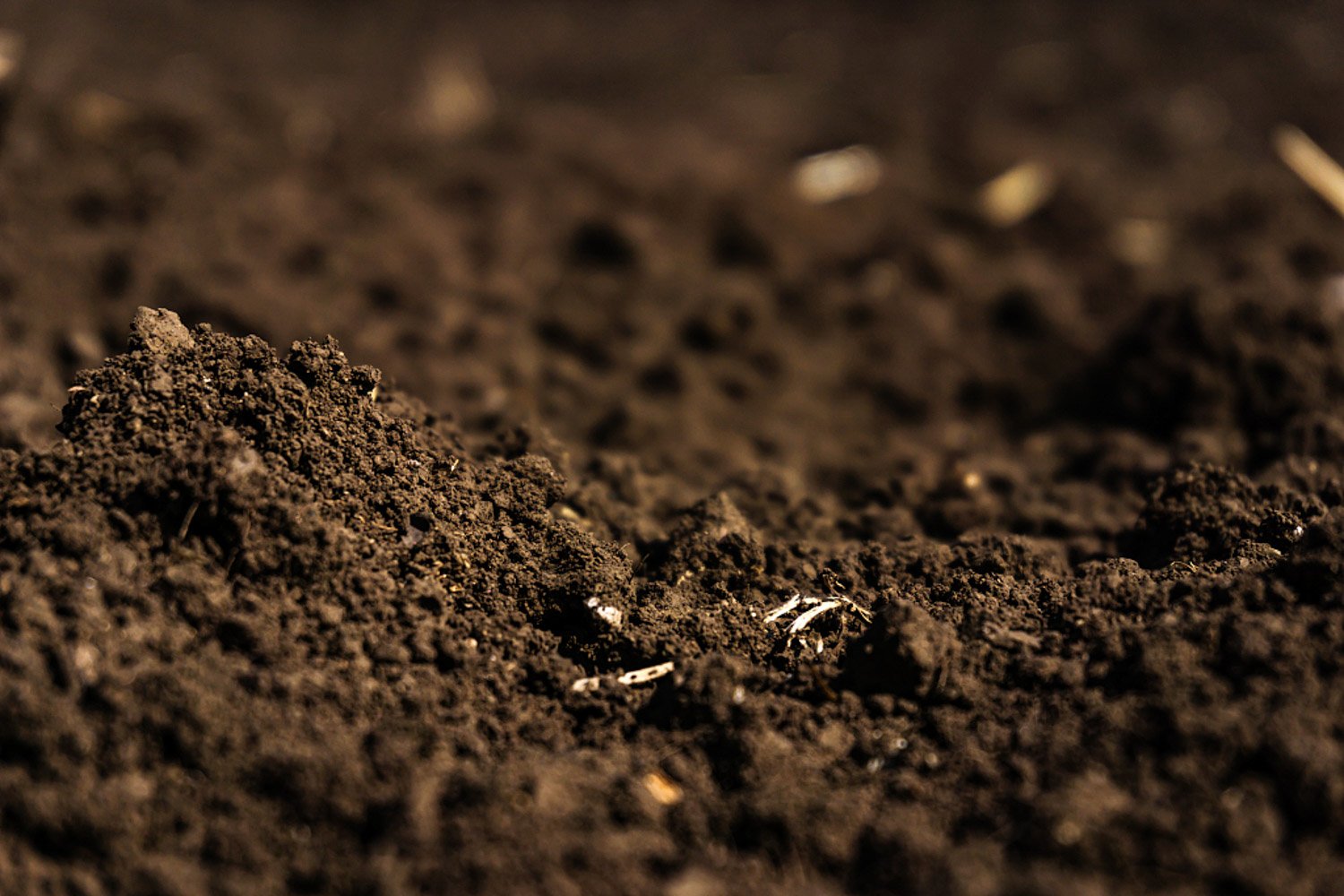
Unsuitable materials:
1. Meat, fish, bone and oil will produce odor when they can ferment, and decompose for a long time, and even cause small animals to turn
2. Dairy products, whether cheese or yogurt
3. The feces of carnivores, cats and dogs are all carnivores. Of course, people are not allowed
4. For weeds with seeds, this flower should focus on oh ~ Although composting is a process of continuous fermentation and high temperature, the vitality of some grass seeds is tenacious. After composting is successful, they will be distributed to all corners with the use of soil. In the future, you can wait for weeding
5. Sick flowers and plants can't be used. After composting, they will bring germs to other plants
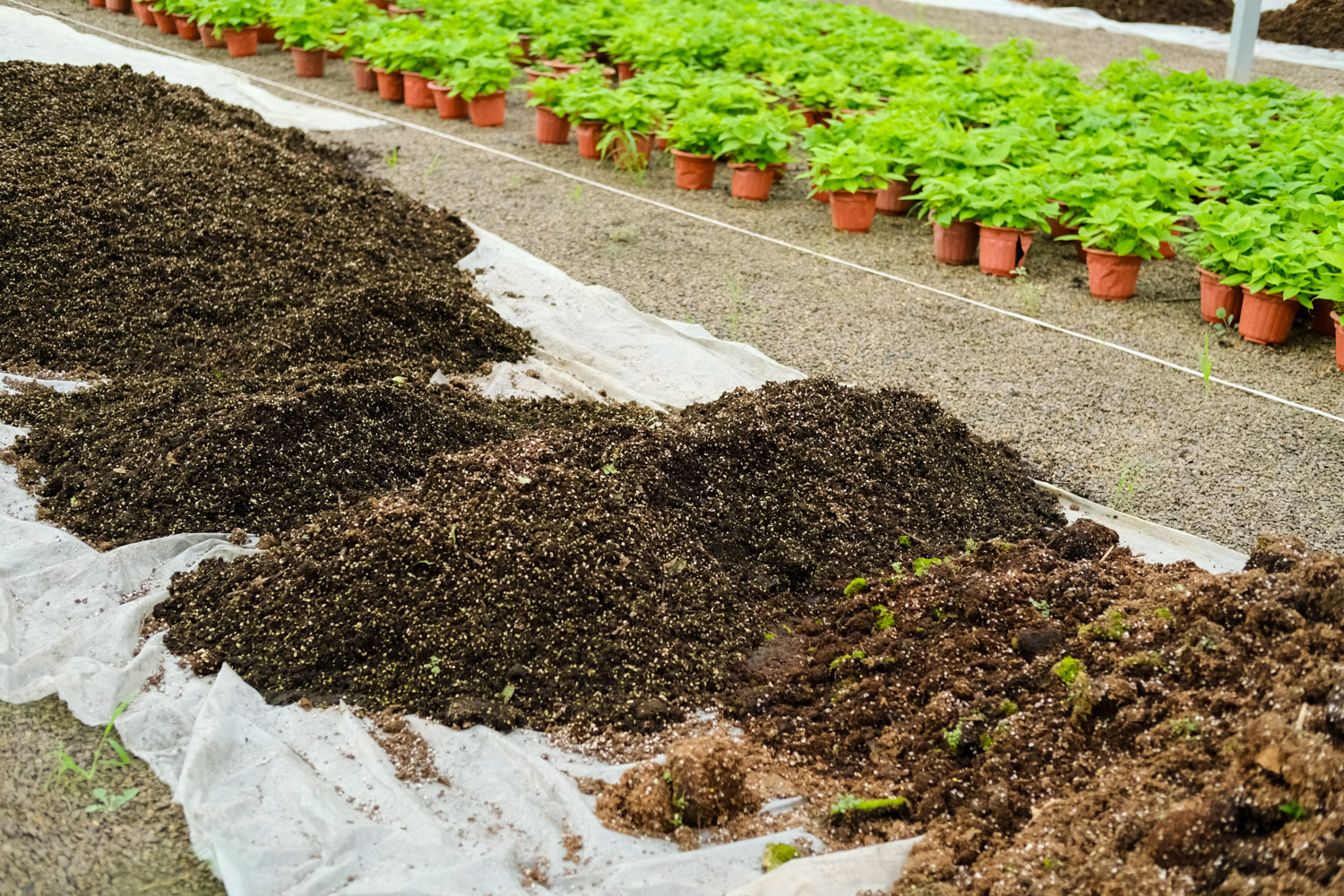
Container selection:
1. It's easy to stuff in and won't get stuck
2. The opening is large enough to facilitate air circulation
3. Easy to turn the pile
4. There should be a cover to keep water and cover up the smell of fermentation
Step 2: material preparation
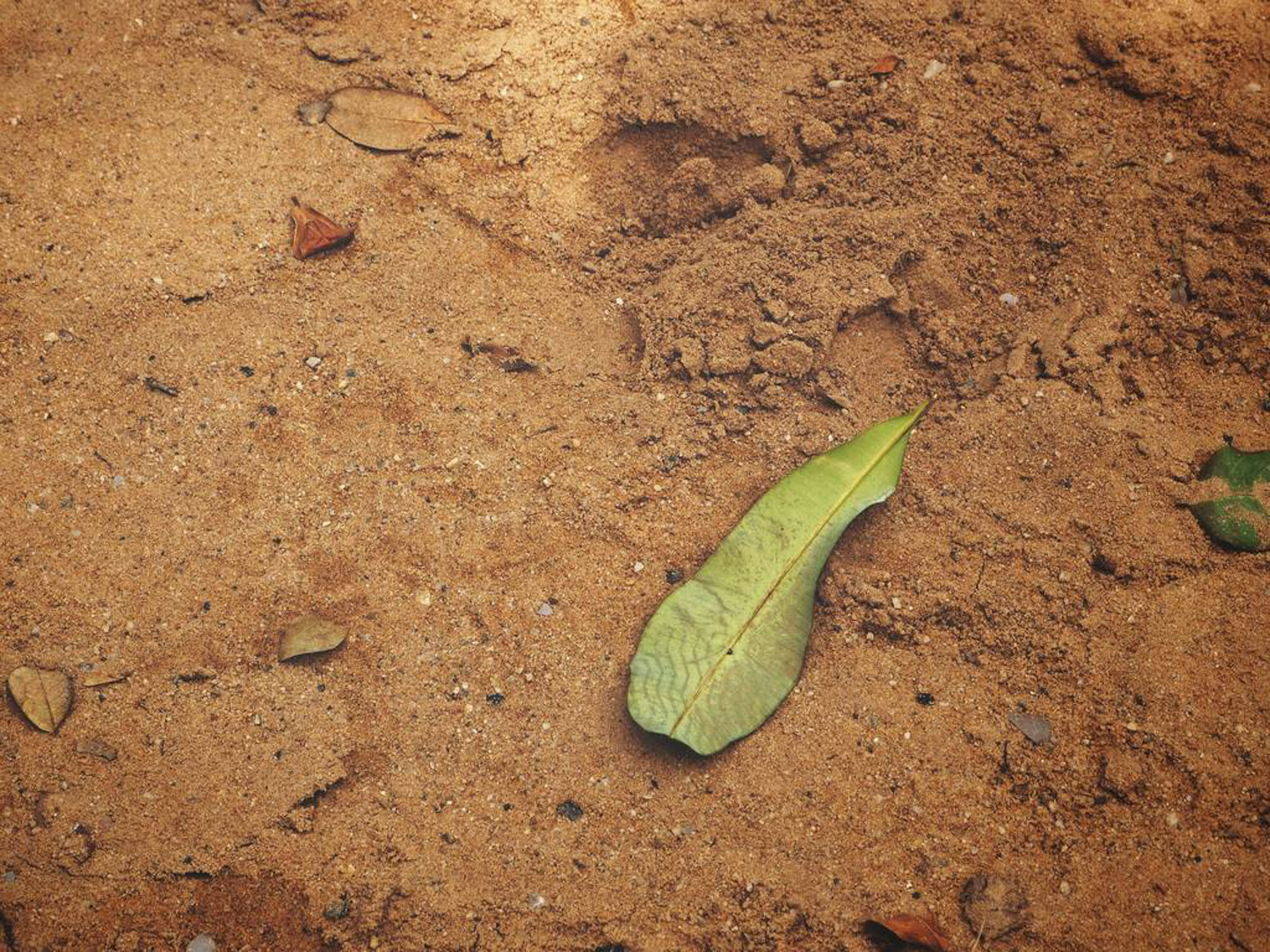
(author: perfect123; source: qiantu.com)
Note that if possible, it is best to finely break the prepared materials and increase the contact area to speed up the fermentation
Then put the processed materials in a layer of soil and a layer of materials. It's better to cover the top with soil~
Finally, close the lid and wait for 2 ~ 3 months for fermentation
Step 3: fermentation detection
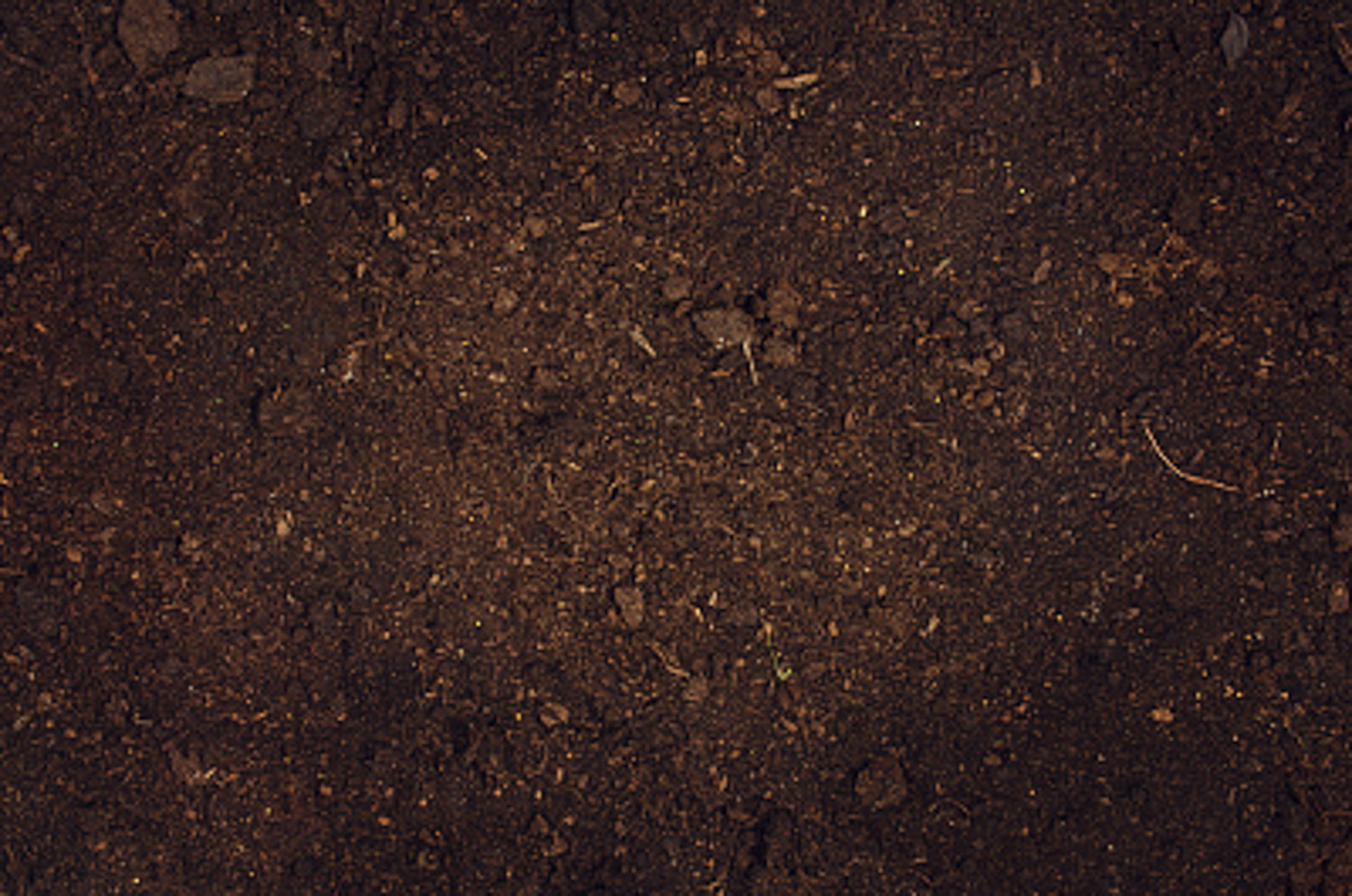
After 2 ~ 3 months, find a plastic bag with good sealing, put a bag of soil, squeeze out the air, the cleaner the better, and then seal the plastic bag
After 24 hours, check whether there is more air in the bag and it smells a little smelly. If so, it means that the composting is not good, the bacteria are still active and need to continue fermentation. On the contrary, it means that it has been fermented
The fermented rotten soil is black, loose and soft. It will break when pinched, and it doesn't smell bad! It's just like the soil you usually dig back~
Step 4: sterilization
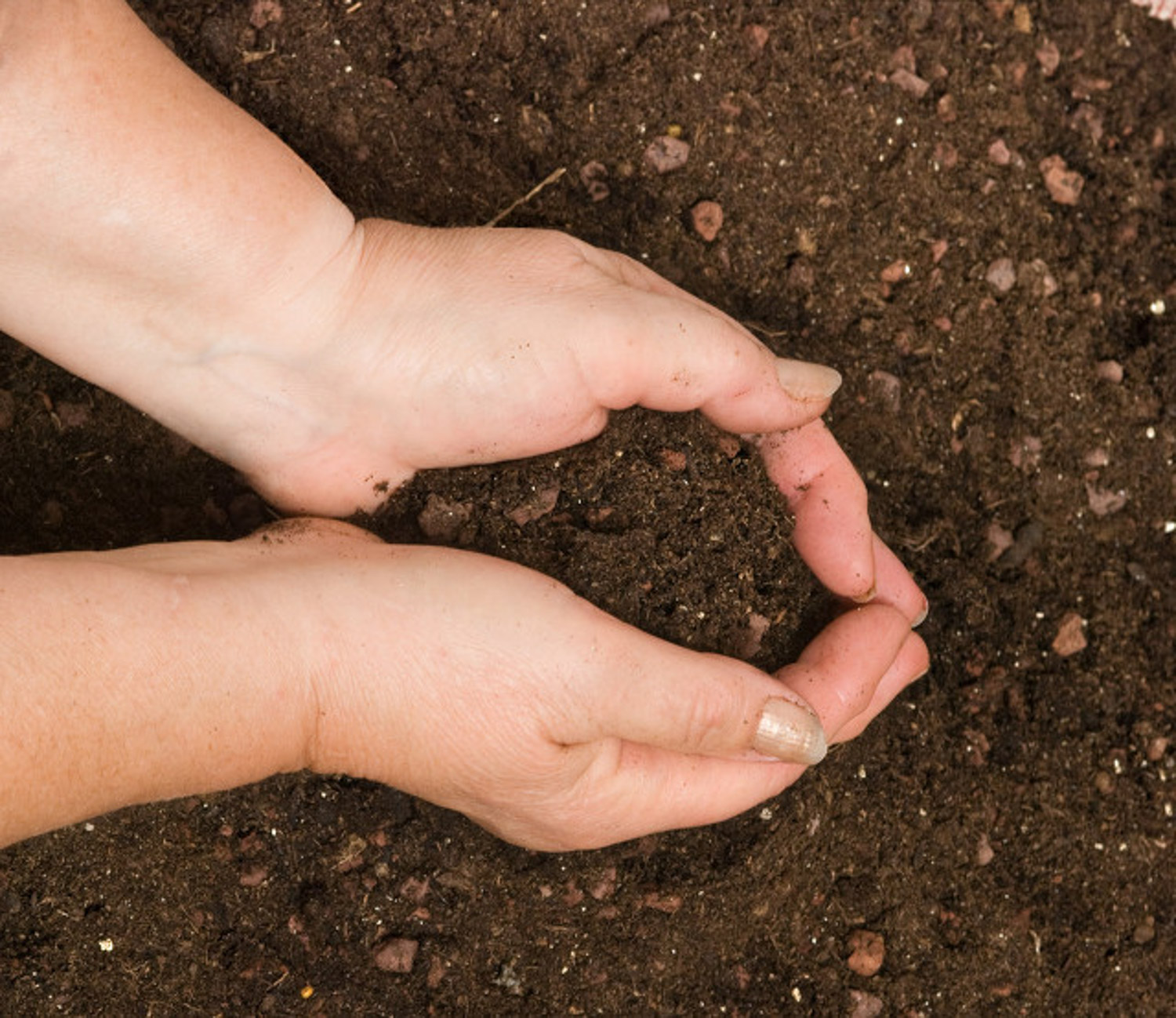
The soil that has been fermented should be sterilized and insecticidal, otherwise it will affect the growth of plants, such as insects, rotten roots and so on
The simplest way to protect the environment is to spray alcohol on the soil with a concentration of 2%, and then cover it with plastic film. After standing for 1 ~ 2 weeks, the disinfection is completed. Moreover, the alcohol will decompose naturally in the soil and will not affect the environment. The disinfection effect is also great
Step 5: precautions
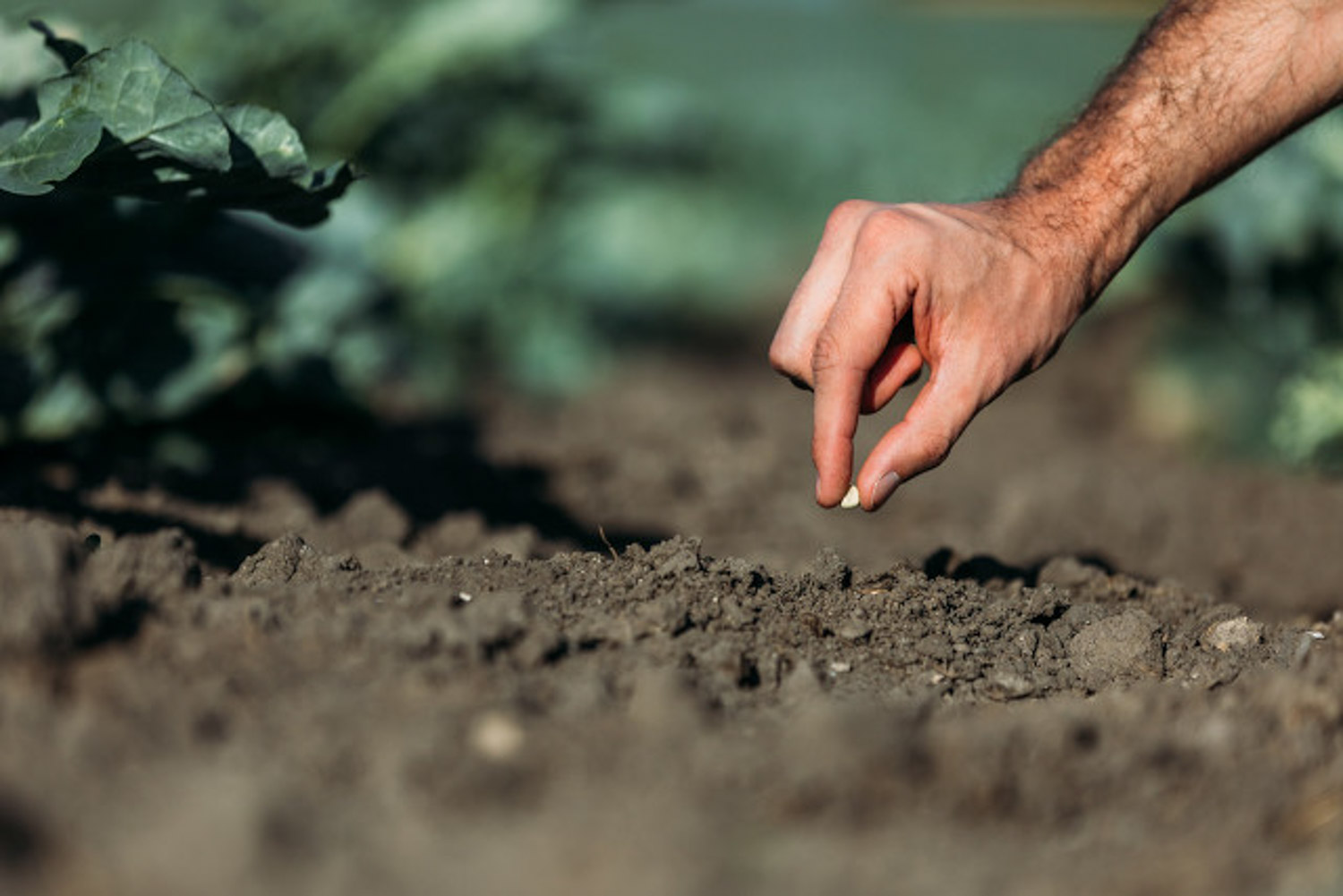
For the first time, you must encounter all kinds of problems in the production process. You can solve them according to the following picture~
When it's done
Flower friends can plant with their own black soil
Cutting and sowing are OK~

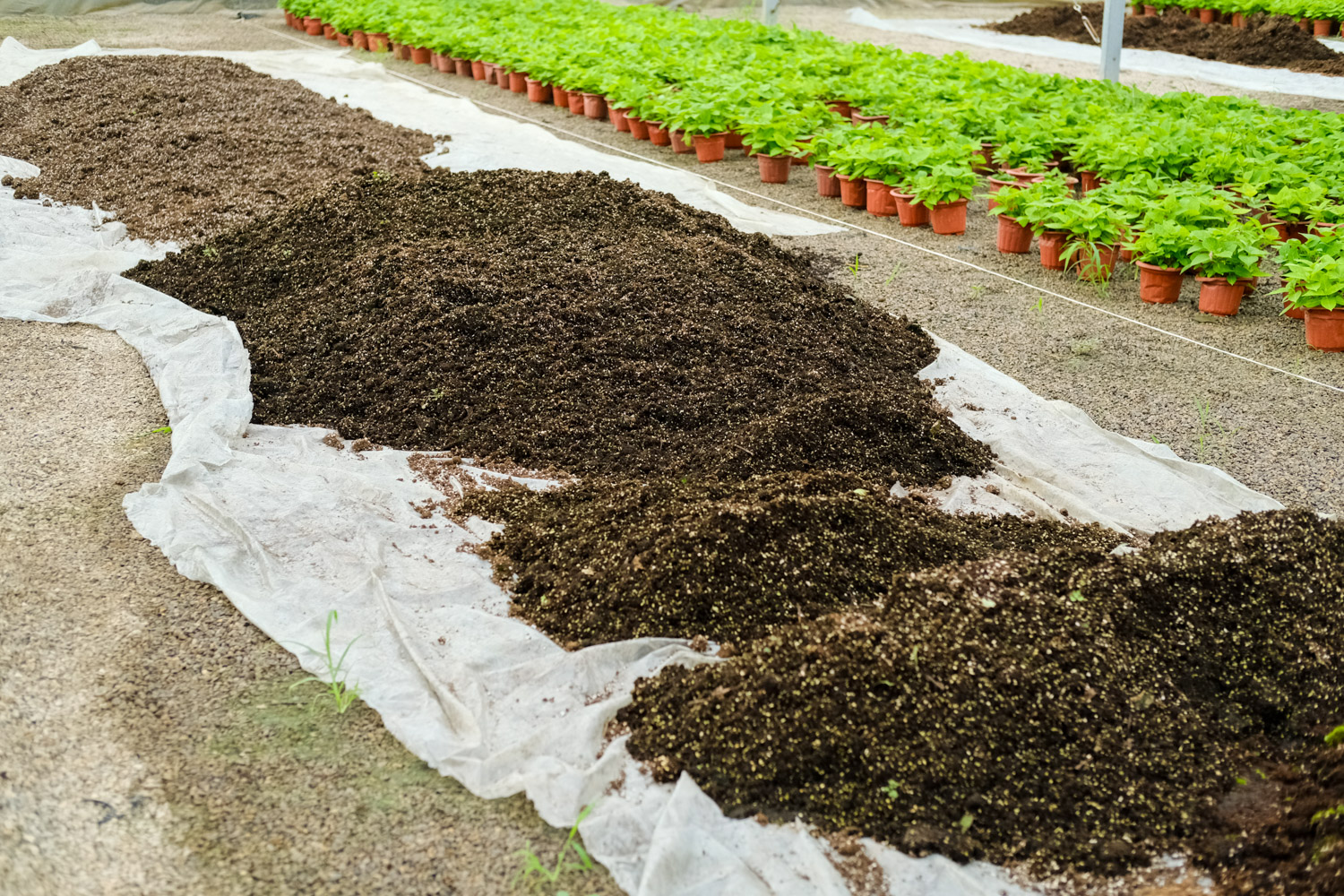
 how many times do yo...
how many times do yo... how many planted tre...
how many planted tre... how many pine trees ...
how many pine trees ... how many pecan trees...
how many pecan trees... how many plants comp...
how many plants comp... how many plants can ...
how many plants can ... how many plants and ...
how many plants and ... how many pepper plan...
how many pepper plan...





























